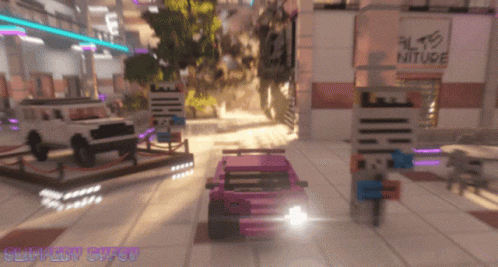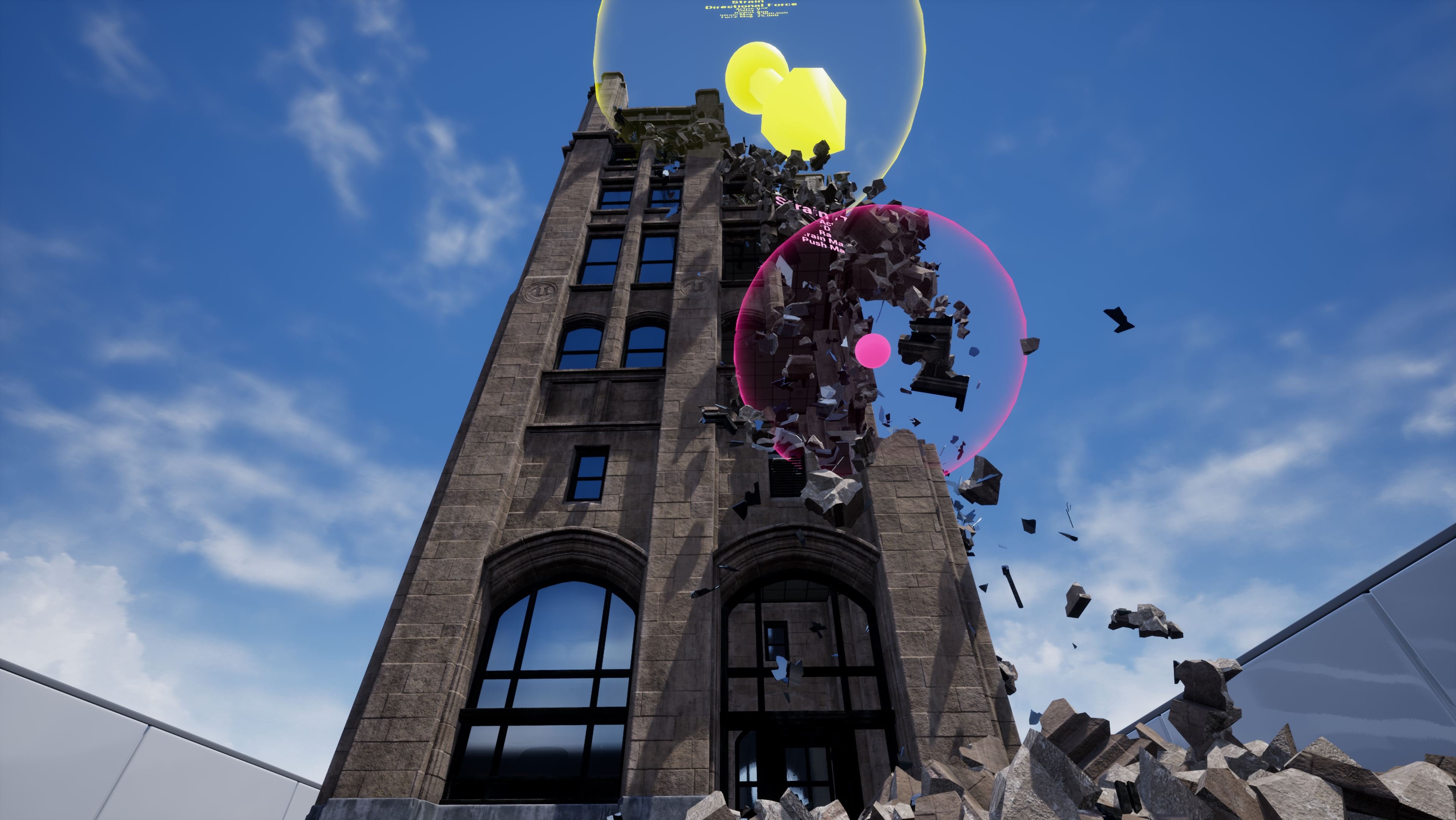Knightime_X
Member
Was taking a shower then this popped into my head...
Nanite is responsible for unlimited detail.
AI neural can quickly generate things or images.
So as an example, what if you were to break a rock in a game.
Traditionally, the rock destruction would need to be modeled and maybe even randomized.
What if AI made use of nanite and randomly generated the textures and over all damage?
Every instant of destruction would look different and have its own unique damage marks?
Things like vehicle damage would look amazing.
Possibilities are endless.
Nanite is responsible for unlimited detail.
AI neural can quickly generate things or images.
So as an example, what if you were to break a rock in a game.
Traditionally, the rock destruction would need to be modeled and maybe even randomized.
What if AI made use of nanite and randomly generated the textures and over all damage?
Every instant of destruction would look different and have its own unique damage marks?
Things like vehicle damage would look amazing.
Possibilities are endless.







